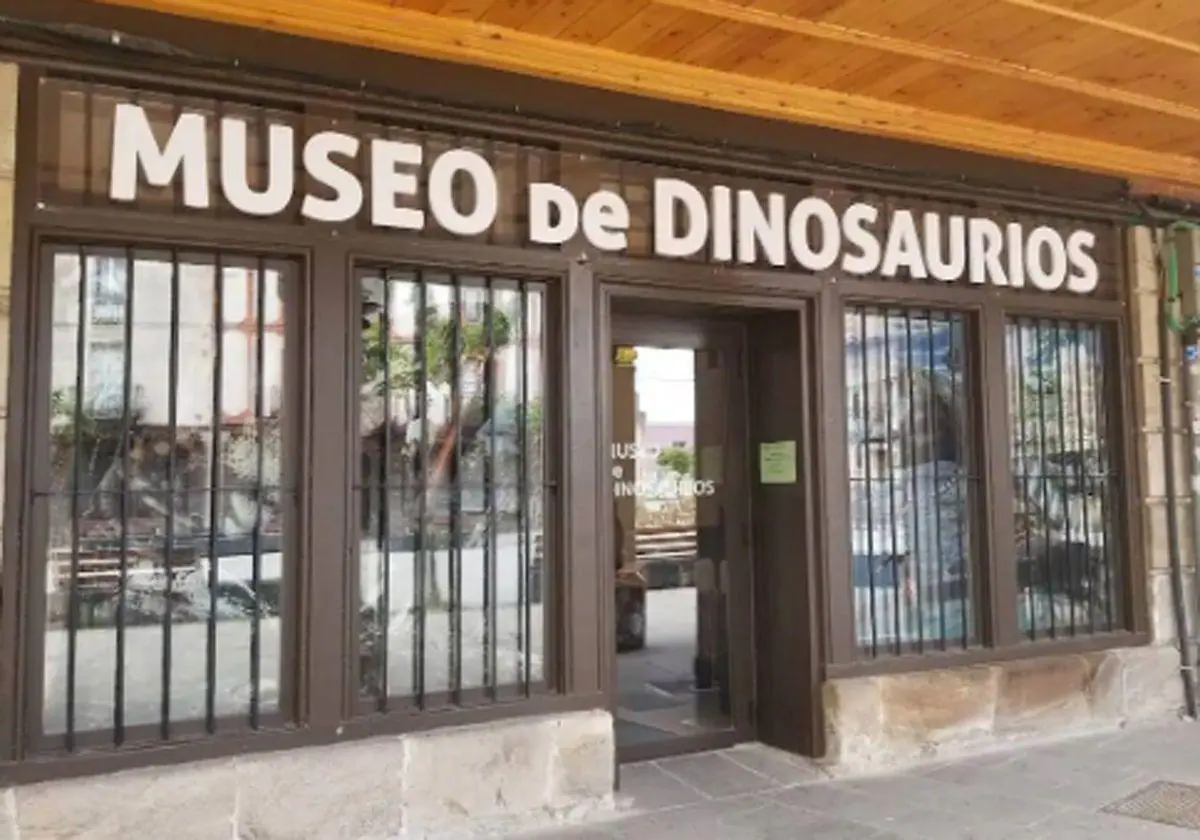Today, when we celebrate World Internet Day, no one doubts the transformation that the integration of ICT into our lives has brought about in just a few years, one of the major revolutions in modern society.
However, a little over three decades ago, When the Internet was just a very primitive means of communication, available to only a few, astronomers were already making the most of it.establishing itself as one of the first societies to look at the advantages of this new development when it comes to promoting the way astronomy has been done.
(You may be interested in: Stories of the Cosmos: The World in a New Perspective)
The growing number of telescopes and astronomy projects produced a huge volume of data, and astronomers ended their week- or two-week observation days at some remote mountain observatory, returning to their universities and research institutes loaded with bags full of tapes containing images and astronomical data. It was in the 1970s, and in some places people started thinking about how to improve working with this data, creating protocols and collaboration networks.
In this context, the Starlink project was born in 1980, the name we currently associate with the Elon Musk satellite constellation, but At the time it was a leading astronomical community network that provided programs to reduce astronomical data.
(Also: Hubble captures the consequences of a cosmic catastrophe)
The project was set up in the UK starting with six organizations, but quickly grew to 30 sites, with systems management personnel at each node. By the middle of that decade, there was a proliferation of Unix workstations in astronomy institutes and departments, which were integrated into local Ethernet networks.
The academic field has been fertile ground for the rapid growth of the Internet. Things were about to change, and a huge leap was made with the popularization of the World Wide Web (www) in 1993, an information management system that began to connect the entire planet. Its creators were computer science specialists who worked at the European Organization for Nuclear Research (Cern).They submitted their proposal two years ago.
By 1994, the year the Internet reached Colombia and large companies in the sector such as Amazon began to emerge, 92 percent of the world’s professional astronomer community had already used the Internet. In the same year, world astronomy witnessed an unprecedented event. It was about the impact of Comet Shoemaker-Levy 9 with Jupiter.
(Also: NASA will send a probe to analyze the asteroid Apophis)
This event, besides leaving us baffled from a scientific point of view, means the first time an astronomical event has been detected so quickly, and has reached millions of people. The Crash Monitoring campaign and collision images have spread around the world with just a few clicks. Then, the arrival of the Pathfinder mission to Mars in 1997 disrupted many servers on the World Wide Web.
Just as the development of the Internet had a great ally in astronomy, the future of studying the universe inevitably depends on the Internet.
More news
Lunar eclipse: When will we see the next eclipse in Colombia?
The mysterious “door” spotted by NASA on Mars and its interpretation
Santiago Vargas
PhD in Astrophysics
Astronomical Observatory of the National University





